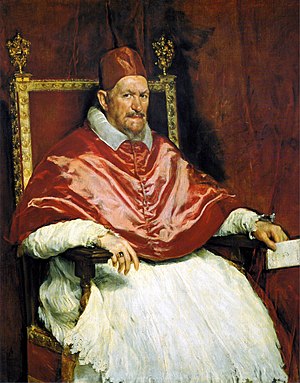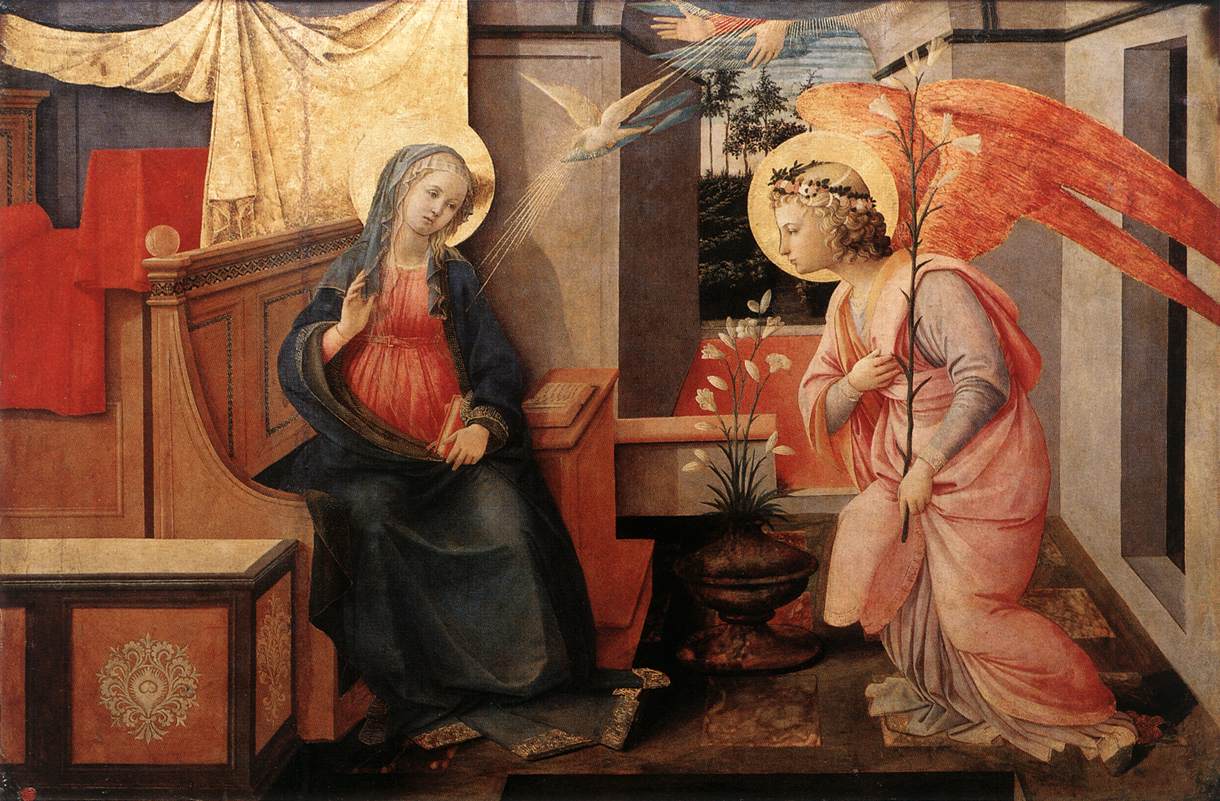The Doria Pamphilj Gallery is a large art collection housed in the Palazzo Doria Pamphilj in Rome, Italy, between Via del Corso and Via della Gatta. The principal entrance is on the Via del Corso (until recently, the entrance to the gallery was from the Piazza del Collegio Romano).

The palace façade on Via del Corso is adjacent to a church, Santa Maria in Via Lata. Like the palace, it is still privately owned by the princely Roman family Doria Pamphili. Tours of the state rooms often culminate in concerts of Baroque and Renaissance music, paying tribute to the setting and the masterpieces it contains.
The large collection of paintings, furniture and statuary has been assembled since the 16th century by the Doria, Pamphilj, Landi and Aldobrandini families now united through marriage and descent under the simplified surname Doria Pamphilj. The collection includes paintings and furnishings from Innocent X's Palazzo Pamphilj (in Piazza Navona), who bequeathed them to his nephew Camillo Pamphilj.
The Palazzo has grown over the centuries; it is likely the largest in Rome still in private ownership. The main collection is displayed in state rooms, including the chapel, complete with the mummified corpse of the family saint. However, the bulk is displayed in a series of four gilded and painted galleries surrounding a courtyard. An extensive suite of further rooms have now been converted to permanent well-lit galleries, containing the more medieval and Byzantine art in the collection.

Titian Judith. 90 x 72 cm.

Diego Velazquez Portrait of Innocent X. 141 x 119 cm.

José de Ribera St. Jerome. 128.5 x 102 cm.

Parmigianino Madonna and Child. 59 x 34 cm.

Caravaggio Rest on Flight to Egypt. 133.5 x 166.5 cm.

Caravaggio Penitent Magdalen. 122.5 x 98.5 cm.

Filippo Lippi Annunciation. 117 x 173 cm.

Hans Memling Lamentation. 68 x 53 cm.

Pieter Bruegel the Elder Naval Battle in Gulf of Naples. 42 x 71 cm.

Jan Gossart The Doria-Pamphilj Diptych. 40 x 22 cm.

Raphael Double Portrait. 77 x 111 cm.
The collection was first opened to the public by the three-quarters English Princess Orietta Pogson Doria Pamphilj, whose English husband Commander Frank Pogson added her name to his. Her own father, Prince Filippo Andrea VI, was half English. Princess Orietta and Commander Frank did much to restore the collection and the Palazzo; following her death in 2000 the guardianship of the collection was taken over by her adopted, English-born children, Jonathan Doria Pamphilj and Gesine Pogson Doria Pamphilj, who still live in the palazzo. Along with the possessions of the Colonna and Pallavicini-Rospigliosi families, this is one of the largest private art collections in Rome.